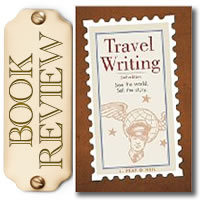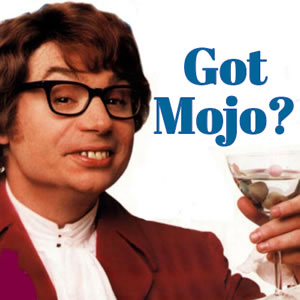Louisa Watson Peat O’Neil is no stranger to the travel writing industry.
She is a former staff writer for The Washington Post and has had her travel writing published in several esteemed national and international newspapers and magazines.
So when she writes a book about travel writing, it makes sense to read it.
Travel Writing: See the World. Sell the Story. is divided into chapters covering everything from keeping a travel journal, preparing for a trip, and collecting facts and photos to structuring articles, massaging them for style and tone, and marketing them for sale.
Most chapters contain exercises, which encourage aspiring travel writers to think beyond cliches, become intimately familiar with their material, and make smart decisions about selling their work.
What’s Good:
The author is a strong believer in utilizing a travel journal to create the best stories. In fact, she dedicates an entire chapter to travel journals and explains what does and doesn’t belong in them, how to capture sensory details, and how the details captured in the travel journal can lead to creating new stories and breaking into new and different markets.
Though I think many people take notes when they travel, O’Neil encourages writers to be in the moment when they travel by noting details that can’t be gained through research once they return home. In addition to this particularly important chapter, the flow of the book generally made sense to me. However, I felt the chapter on conducting market research may have been better suited toward the beginning of the book so that aspiring travel writers understand what they should be considering about potential publication before venturing on a trip.
What Could Be Better:
Though O’Neil’s book contains sound and thorough information about the travel writing process, I read an edition that was published in 2000, which is terribly out of date in regard to marketing, self promotion and publishing venues.
A new edition, which was published in 2006, mentions blogs and creating a web presence but only in passing. Online promotion is constantly changing, and I would advise anyone reading either addition of this book to do additional research on how best to utilize online marketing and promotion as well as research online markets that might be open to publishing travel articles.
Summary
Despite the fact that the web component of travel writing is excluded from Travel Writing: See the World. Sell the Story., it is a good read for anyone interested in being a travel writer. O’Neil doesn’t gloss over the difficult and daunting tasks that come along with the job, and she offers useful suggestions on how and what to write. Though some of the exercises are a bit strange (making a packing list for a five-day trip to the tropics, for example), others provide suggestions on ways writers can travel differently so that their ideas and articles are fresh and unique.
Overall, the basic, straightforward advice and information plus the exercises make this a good book for new travel writers.
~JoAnna
Have you read this book? Share your opinion!






This is my favorite. It’s jammed packed with information and gets to the point.
Hi Rebecca,
I agree that she does do a great job of being completely honest about the life of a travel writer. Lots of fantastic, basic information for both the new and seasoned writer.
Have you read the latest addition of the book?
Cheers,
JoAnna
.-= JoAnna´s last blog post: The 2010 Olympics from a Traveler’s Perspective =-.